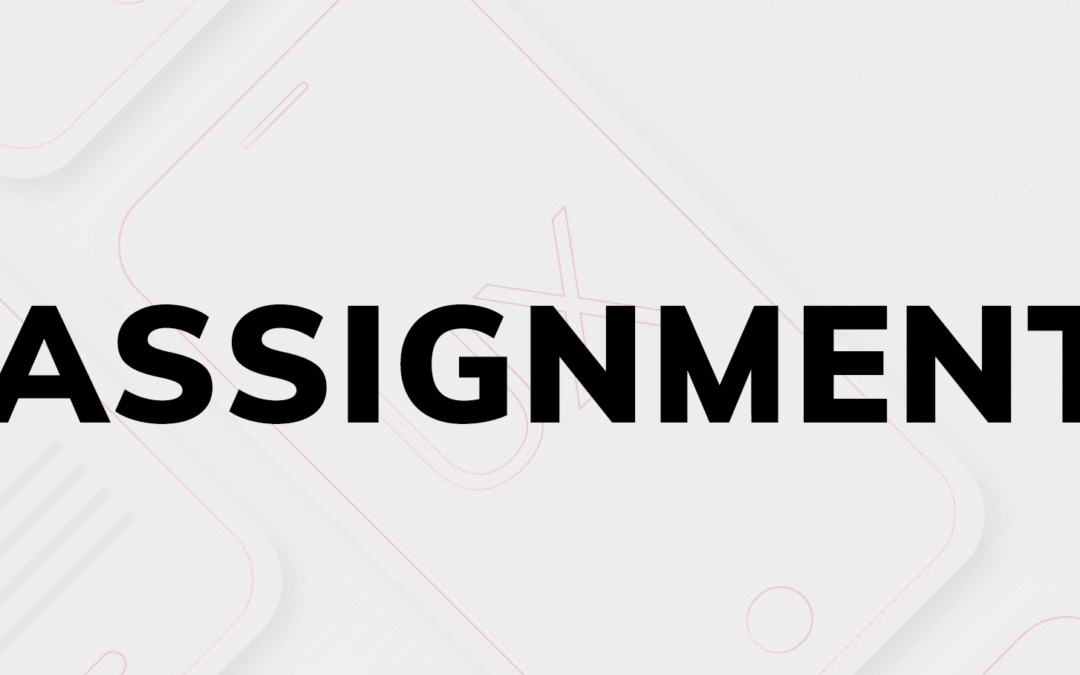Week 2
Assignment Due 9/7/22: UXD Principles & Concepts | Masters program
What is ambiguity & why is it important?
Ambiguity can mean a few things when it comes to UX design. It can mean uncertainty: not knowing the answers at the start of a project or perhaps never knowing the correct/final solution. Or it can mean understanding something differently, especially from a user’s perspective – being open to interpretation. Unambiguous means the opposite; defined as not being open or available to more than one interpretation.
Ambiguity in project work can mean a lot of things, but the reason it’s important is that it’s always going to be part of the process. Ambiguity allows you to be more flexible during the design process. It will enable you to be open to interpretations from usability testing and help you explore ways to make your product unambiguous (where needed.)
Embracing ambiguity
Is anyone comfortable with not knowing the answer to a problem? Or not knowing which direction to go? I’d say no. My comfort level with ambiguity is ever-evolving. When handed a new project, I used to think I knew all the answers – that I was confident my design would improve the user experience.
But when you hand over designs to stakeholders, you hit your first level of ambiguity. Everyone has an opinion, and everyone interprets design differently. When you finally get your creations out into the world, you get another level of ambiguity – the user’s understanding (or confusion.) What the user believes to be accurate or correct may not be the interpretation you had in mind.
Knowing what you know now
I now know the best way to reduce ambiguity with products or services is to test with users throughout the stages of the design process.
- Interview users when possible to get their input.
- Usability test wireframes and prototypes multiple times to clear up confusion and identify areas of ambiguity.
- Gather all your insights and use that to pushback on internal interpretations and opinions.
- Keep testing once your design is out in the world to iterate and improve
My advice is…
Get comfortable with not knowing the answers. “It’s ok not to have all the answers.” You’re not going to be 100% right the first go around. There are ways to learn, grow, and move your work toward more obvious solutions. Be open to having your designs scrutinized or interpreted differently; feedback may help shift your project in a better direction for everyone. Inexactness isn’t always bad; it just depends on your goals.
Assignment submitted 9/05/2022 by Shannon Kelly.

